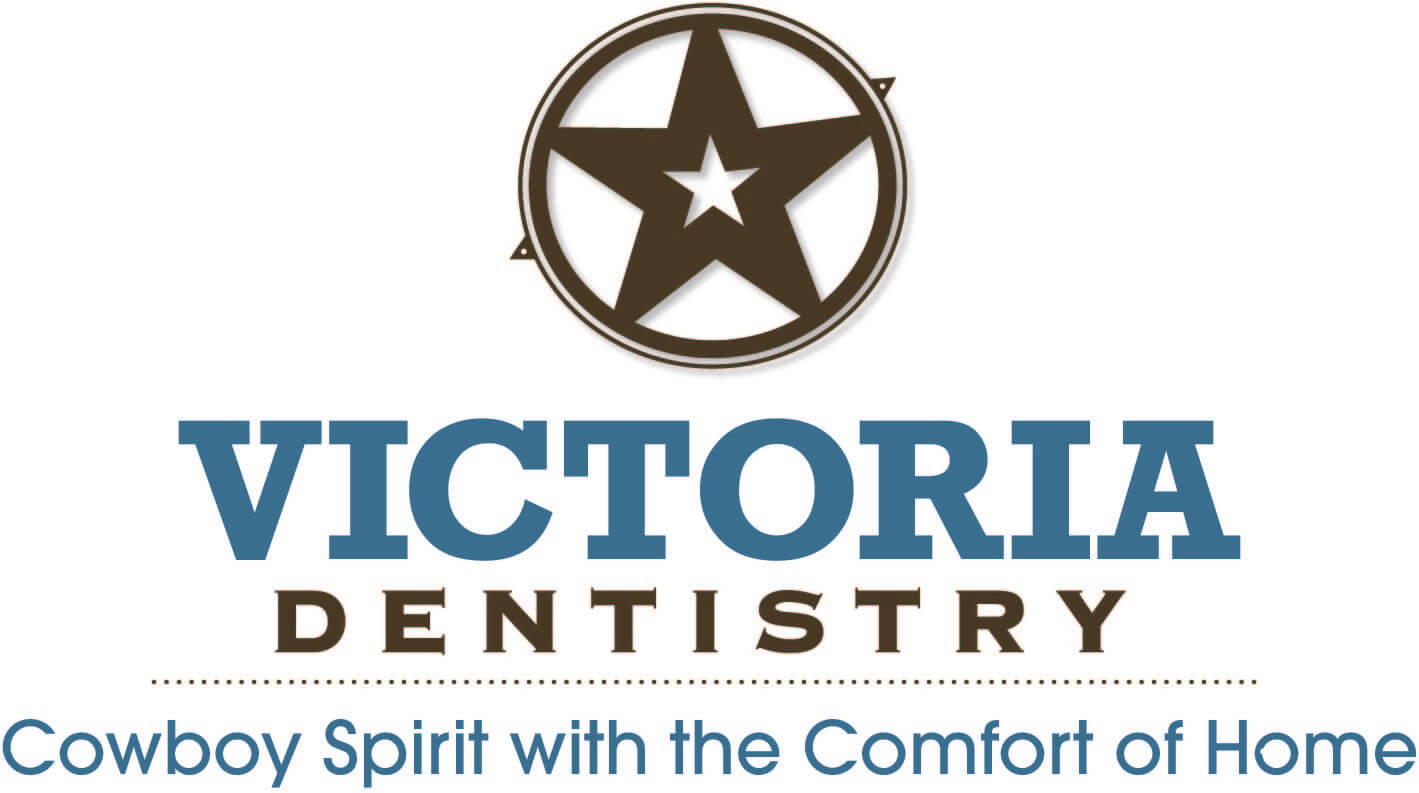Considering orthodontics but worried about existing crowns, bridges, or implants? You’re not alone. Many adults wonder if their previous dental restorations rule out teeth straightening. Good news—orthodontic treatment remains safe and achievable. With careful planning and personalized care, you can achieve a healthy, confident smile regardless of your age or prior dental work.
Understanding the Challenges of Orthodontics with Restorations
Crowns, bridges, and implants improve function and appearance, but they also bring some challenges when orthodontics enters the picture.
- Crowns are custom-made caps that cover a damaged or decayed tooth. They’re cemented into place and don’t interfere with movement unless the tooth’s root is compromised.
- A dental bridge fills one or more tooth spaces, relying on crowned adjacent teeth for stability. These connected restorations reduce flexibility and can affect how braces or aligners apply pressure.
- Anchored in bone, dental implants stay immobile rather than flexing like natural roots. While they’re great for long-term stability, their rigidity limits tooth movement in their area.
These challenges don’t rule out orthodontic care. But they do call for extra planning and an experienced dentist near you who knows how to work around existing restorations.
Orthodontic Options Available for Adults
Adult orthodontic treatment looks different from what it did decades ago. You now have access to modern solutions that fit around your lifestyle—and your dental history.
Here are some options often used with existing dental work:
- Clear aligners: These removable trays apply gentle pressure over time. They’re great for adults who want a discreet method and often work well with crowns and bridges.
- Traditional braces: Metal or ceramic brackets can be carefully placed to avoid sensitive areas. Sometimes, they provide better control for complex cases.
- Lingual braces: These go behind the teeth. While not as common, they’re an option for patients who want to keep their dental work hidden.
- Limited treatment plans: If full treatment isn’t possible due to implants, short-term solutions can help correct only the teeth that are able to move.
These orthodontic solutions for adults give flexibility and results, without disrupting your past dental investments.
Can You Move a Tooth with a Crown, Bridge, or Implant?
Let’s break it down simply:
- Crowns: Yes, the tooth underneath can often be moved. The crown itself may need adjusting or replacing later if it no longer fits the tooth after movement.
- Bridges: Movement is limited because bridges are bonded to multiple teeth. If the teeth under the bridge need shifting, the bridge might need removal and replacement.
- Implants: No, these don’t move. Implants are anchored into the jawbone. Orthodontic treatment must work around them instead.
For example, if you’ve had Invisalign with crowns and implants, your aligner trays are designed to skip over the implant but still apply pressure to the surrounding teeth. That’s where your treatment plan needs to be precise.
Customized Treatment Planning
No two mouths are the same. That’s why successful adult orthodontics always starts with a custom treatment plan.
Here’s what goes into that process:
- A full exam with X-rays and 3D scans
- Evaluation of all existing dental work
- Assessment of bite, spacing, and alignment
- Honest discussion about your goals
From there, your provider creates a plan that balances tooth movement, bone health, and long-term durability. At our dental Office in Victoria, TX, we focus on creating practical steps that protect your existing work while improving your smile.
Benefits of Orthodontic Treatment for Adults with Restorations
Straight teeth do more than look good. If you’ve had restorative work done, correcting alignment can actually help protect those investments.
Here’s why:
- Improved bite: A balanced bite reduces wear on crowns and bridges.
- Better hygiene: Straight positioning improves access for cleaning, lowering the chance of decay near dental restorations.
- Gum health: Proper spacing supports gum tissue, reducing inflammation and recession.
- Boosted confidence: A straighter smile improves how you feel, whether you’re speaking, laughing, or just catching your reflection.
These gains make adult orthodontics worth considering, even after years of dental work.
Risks and Considerations
It’s important to go in with clear expectations. Adult orthodontics with existing restorations comes with unique risks, but they can be managed with the right care.
- Tooth sensitivity: Some restored teeth may respond differently to pressure.
- Possible crown damage: Older crowns might crack or come loose if stressed.
- Implant immobility: Since implants don’t move, final spacing around them must be planned well.
- Treatment time: Adults may experience slower tooth movement due to age and bone density.
Working with an experienced dentist in Victoria, TX helps reduce these risks. We take time to monitor your progress closely and adjust treatment as needed.
Final Thoughts
Your smile deserves care, no matter when you start. With thoughtful planning and today’s tools, orthodontics can work around crowns, bridges, or implants. At Victoria Dentistry, we create treatment plans designed for your unique needs. Ready to align your smile and protect your dental work? Schedule your consultation today—your healthier, more confident smile starts here.
 8809 N Navarro St Ste.100 Victoria TX 77904
8809 N Navarro St Ste.100 Victoria TX 77904

Recent Comments